Sustainable Innovation Interview Series
Design Insider is committed to playing an active role in progressing the commercial sector towards our united goal of reducing our contribution to the climate crisis. It’s imperative that conversations regarding sustainability are not held in isolation, we understand the importance of uniting the voices from within our sector, those of designers, suppliers and dealers amongst others, and are privileged to be in a position to provide a platform which can magnify those voices, opinions and expertise.
This interview series consists of 7 in depth interviews, brought together in summary within this cover article. Thank you Lucy Bagshaw, Gareth Banks, Anna Hart, Jodie Padgett, Beverley Copeland, Sam Allen and Dominick Pegram for spending your valuable time with us.
This series aims to share knowledge of new materials but goes on to challenge how circularity can succeed in the commercial sector and what that production model may look like. We also focus on action by asking our interviewees to share examples of how they’ve delivered sustainably innovative projects in order for the sector as a whole to learn and grow.
Enjoy the full Sustainable Innovation Interview Series here
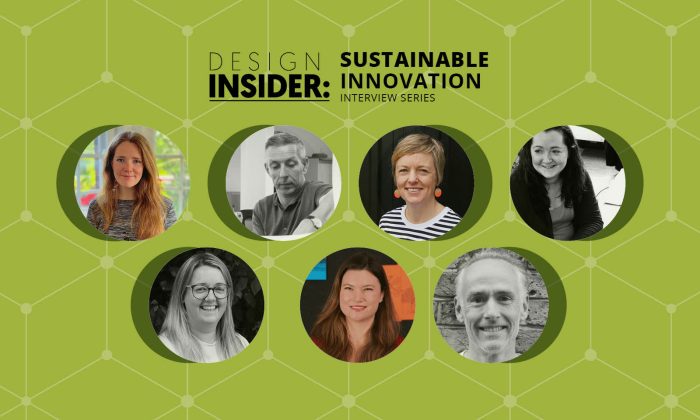
Each industry leader was asked the same set of questions in order to learn about the sustainable material innovation they have discovered, their opinion and expertise in circular design and production, how we can work together more effectively as a sector, and what the next steps towards our collective goals need to be.
We began by asking our interviewees to introduce themselves, Dominick Pegram, Owner of Salt & Pegram, gave an insight into his role within his team:
‘I lead a small team and retain a role in business development. I try to maintain our culture as an industry leading, creative and innovative company punching well above our weight. In addition to the governance of the business I regard my true function is to give agency to the people with whom I work and enable them to do the best work.’
Lucy Bagshaw, Project Director at tp bennett, outlined how she divides her time between her design work and the sustainability team:
‘I split my time across the Interior Design department, where I mostly work on commercial office fit out, and the sustainability team, in which I help develop our own strategy at tp bennett, as well as supporting on projects; holding workshops, assisting with certifications and developing bespoke sustainability strategies for projects.’
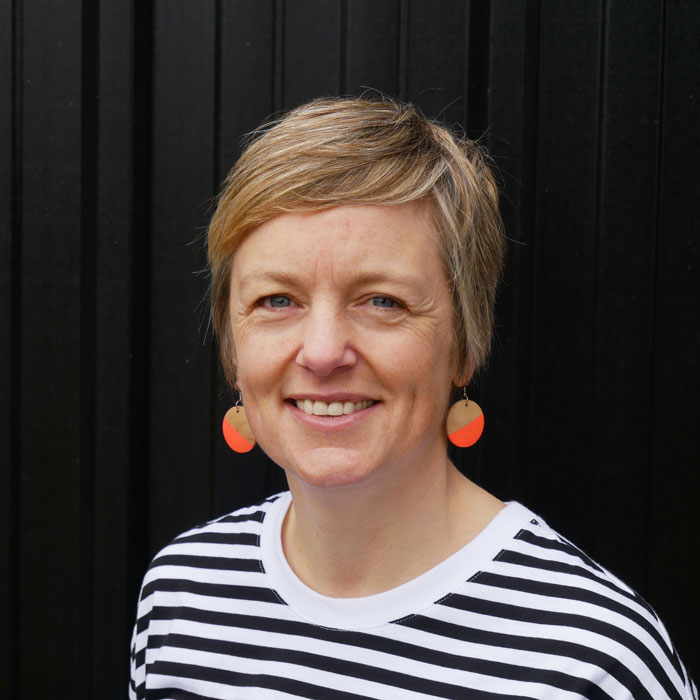
Anna Hart, Co-Founder of MARK Product and Hart Miller Design
We continued our conversations by asking our interviewees to share details of the innovation they have found in materials suitable for commercial interiors. Anna Hart, Co-Founder of MARK Product and Hart Miller Design, shared her excitement for new materials she is keen to incorporate into her work:
‘BIOHM are doing really interesting stuff with Mycelium and we’d love the opportunity to develop something with their materials in mind. We’ve also just got our hands on some samples of Recoma which is a construction board so looking at whether that has potential to replace ply in instances where we use that for structural elements. Neverwaste is another of these materials which appears to have potential for huge positive impact. We also had samples of Kbriq which is in its final stages of BBA certification in the UK to enable it’s commercial use so it does feel like there’s exciting stuff happening. So in short, lots of potential which is exciting!’
We also learnt from Sam Allen, Associate Director for Global Sustainability and Wellness at M Moser Associates, about the importance of re-use when considering material innovation:
‘One area that needs more innovation is the end-of-life planning for materials – plenty of companies, particularly carpet companies, have take-back programs. Still, the times this actually happens are few and far between. We need more robust practices that promote take-back and recycling from every stakeholder in a project.’
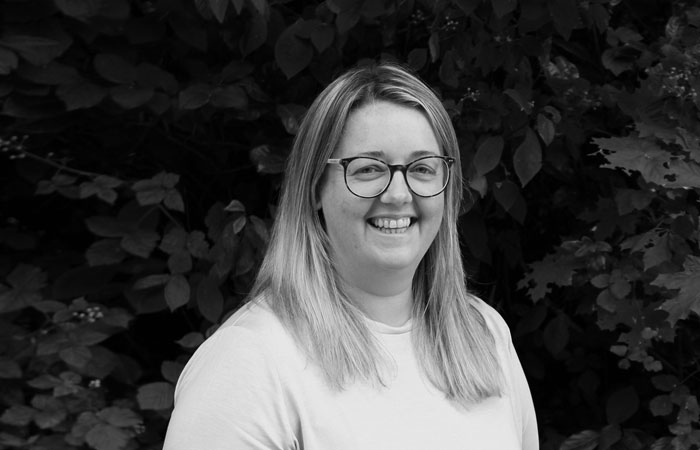
Beverley Copeland, Director of Organisation Development at Ulster Carpets
When we asked if circularity can truly be integrated within a commercial interior project Beverley Copeland, Director of Organisation Development at Ulster Carpets, outlined some of the hurdles in achieving circularity:
‘There are some products that are being put forward as providing a fully circular approach but it should be remembered that they are often made from oil-based materials, which are not renewable or sustainable. It will take a holistic approach that takes into consideration the energy and other costs needed to recycle these materials. But I believe we are moving in the right direction.’
Dominick Pegram, outlined the importance of stakeholder appreciation:
‘… systems for circularity need to be more mature and the value of them appreciated by all the stakeholders. A circular product needs to be specified over a cheaper, short life alternative. The manufacturer needs to design and take responsibility for longevity, repair and reuse and the industry needs to support this with take back schemes, maintenance and the potential for furniture as a service.’
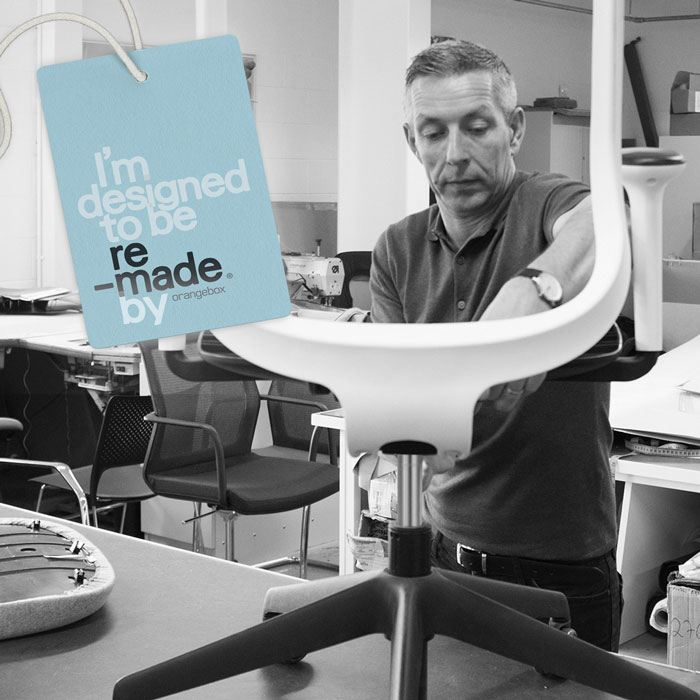
Gareth Banks, Head of Sustainability at Orangebox
Gareth Banks, Head of Sustainability at Orangebox, introduced the progress being made through Re-Made by Orangebox:
‘We’re launching a new service called re-made by Orangebox that aims to give fresh value and additional life to existing Orangebox furniture items that have come to the end of their current use… This type of option is truly circular but it does mean that the end client and the project’s design team do have to think a bit differently in order to make it work.’
When we asked about how circularity had been addressed by the brands our interviewees work for, Beverley Copeland highlighted the innovation of PSYLO:
‘When it was initially introduced, PSYLO™ was revolutionary. We developed this patented technology in-house and it enables us to manufacture carpet without pattern restrictions and with a great range of colours. To do all of that three times faster increases our efficiency levels significantly.’
Anna Hart, in a unique position as Director of both an interior design studio and a furniture design and production company, shared:
‘As we look at designing for end-of-life when we’re putting design schemes or product specifications together it’s a mantra we have in mind as part of the design process – it’s at those stages where we have influence and can make suggestions to clients.
We have since our inception at MARK ensured that we have no bonded materials in the production of all our furniture so everything can be separated for recycling at end-of-life.’
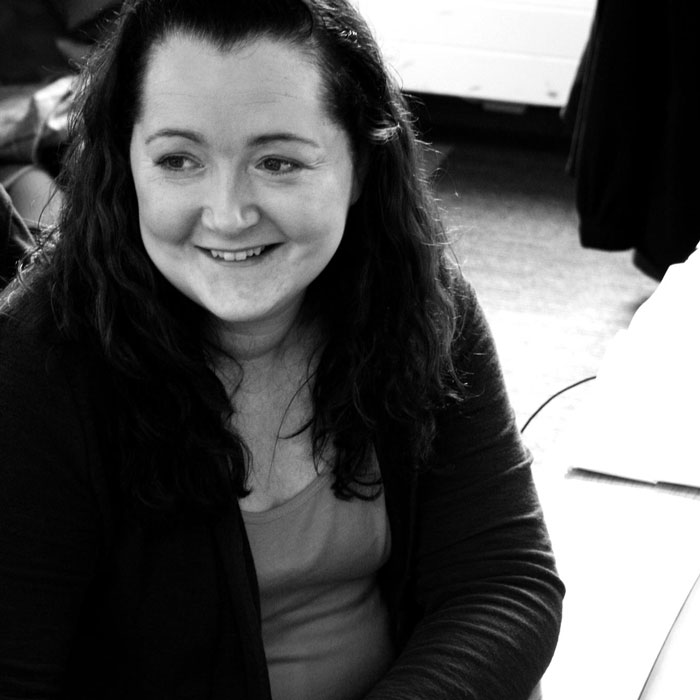
Jodie Padgett, Lead Innovator at Camira
Jodie Padgett, Lead Innovator at Camira, highlighted the benefits of Camira Knit:
‘Camira’s technical knitting capability, Camira Knit is an entirely waste free manufacturing system. Using computer aided design (CAD), Camira Knit fabric is custom made for an individual product, ensuring it fits the specified dimensions exactly, and delivers zero-waste textile components which can be applied to furniture with exceptional ease. In addition, knitted fabrics are generally designed for dis-assembly, so can be effortlessly removed from furniture, and easily recycled as they are made from mono-materials.’
Lucy Bagshaw shared her experience:
‘We’ve recently come across a few issues on some of our projects which compromise the sustainability credentials of the project; CAT A ceilings are coming out of buildings that we designed and carpet tiles were specified and signed off where the backing was coming from the US. Whilst initially terrifying, it’s opened up conversations with suppliers…’
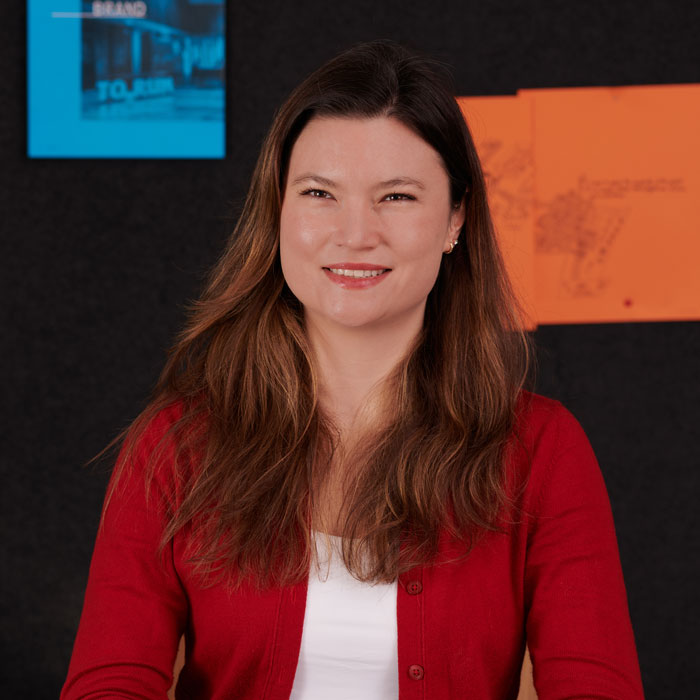
Sam Allen, Associate Director for Global Sustainability and Wellness at M Moser Associates
Sam Allan also shared how M Moser, who design and deliver human-centric workplace environments across the globe, uses technology to assist in the approach to sustainability:
‘Our Senior Sustainability Specialist, Steve Wheeler, works closely with our project managers to track carbon activities across projects and promote re-using existing elements and materials to avoid being sent to landfills or turning waste into energy. He has also helped to implement the use of new technologies that support destruction and associated carbon tracking. For example, we use a technology that incorporates sophisticated OCR (Optical Character Recognition) to read and scan waste tickets, categorise waste into streams, and quickly perform calculations.’
We wanted to asked about how we can work together more successfully as a sector and asked: How could you work with Commercial Interiors Designers/Suppliers in order to deliver sustainable projects which achieve high levels of accreditation?
Jodie Padgett shared the lengths Camira go to in order to provide material transparency for commercial interior designers:
‘Camira provides a very high level of product transparency to commercial interior designers to help them specify more sustainably. We have a number of third-party eco-labels which we subscribe to including the EU Eco-label, OekoTex and Indoor Advantage Gold. These respectively cover product lifecycle, material ingredients, and indoor air quality.’

Dominick Pegram, Owner of Salt & Pegram
Dominick Pegram shared his experience of working with multiple accreditation schemes:
‘We have worked on many Breeam, Fitwell and Well compliant fit outs. The criteria differ for each of these accreditations, so we worked with the brilliant Element Four sustainability consultants to produce supplier and service partner questionnaires that help us and our clients select furniture that contributes to meeting our goals.’
Sam Allen highlighted the importance of transparency:
‘Transparency of materials is an essential consideration for companies looking to promote sustainable practices. One aspect of this is implementing a sustainable procurement policy that allows us to understand how the supplier sources each product component. This policy helps provide information to our sustainability team to ensure the product and all activities associated with the product are conducted sustainably, ethically, and fairly.’
We concluded our interviews by looking to the future and asking what the next steps need to be in our sustainable conversation, and who these conversations need to be between. Gareth Banks reiterated the importance of addressing re-use:
‘If we’re serious (as an industry) about meaningful decarbonisation at the scale and speed that’s required, then for me, cracking the challenges around product re-manufacturing and re-use has to play a key role.’
Sam Allen answered by looking at accreditation:
‘Regarding building certification, the BREEAM Very Good standard is no longer good enough, and industry players need to consider Excellent or, ideally, other certifications that address Net Zero… While the industry needs an official source for sustainable measurements, it will have to come from within the industry first. By collaborating and committing to sustainable practices, the industry can take the next step towards promoting sustainability in the workplace.’
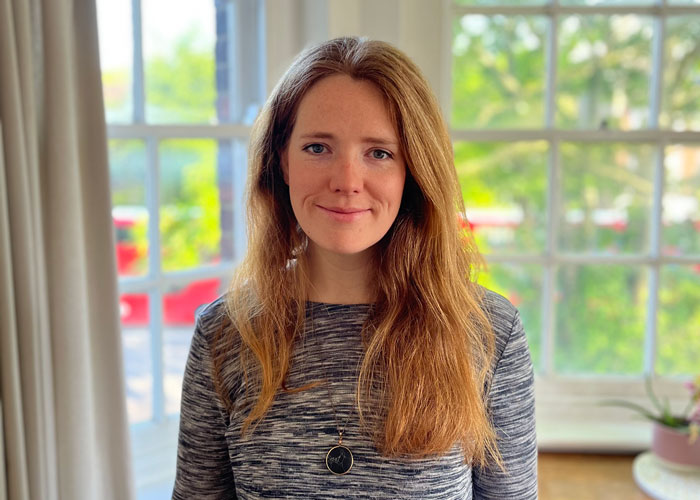
Lucy Bagshaw, Project Director at tp bennett
Lucy Bagshaw’s agreed with many of our interviewees when she summarised that:
‘The importance of knowledge sharing and transparency is critical; sustainability shouldn’t be a unique selling point for practices, consultancies, contractors or manufacturers – it should be something we encourage other members of our industries in together.’
What is clear from this selection of interviewees is that the commercial sector is already aligned with the work we are doing and designers, suppliers and dealers are in agreement that the next step must be transparency, collaboration and standardisation. Design Insider is committed to being a vehicle to assist in making these actions a reality.
You can enjoy each of our interviews in full by selecting the links below:
Anna Hart, Co-Founder at MARK Product and Hart Miller Design
Sam Allen, at M Moser Associates
Beverley Copeland, Director of Organisation Development at Ulster Carpets
Dominick Pegram, Owner of Salt & Pegram
Gareth Banks, Head of Sustainability at Orangebox
Jodie Padgett, Lead Innovator at Camira
Lucy Bagshaw, Project Director at tp bennett




